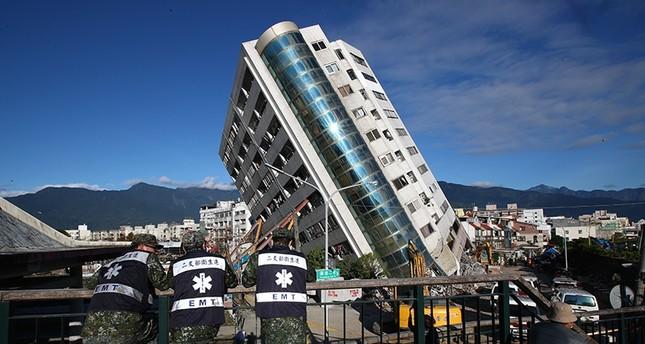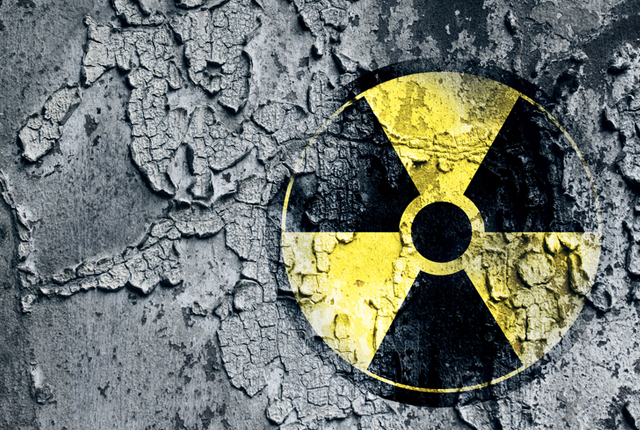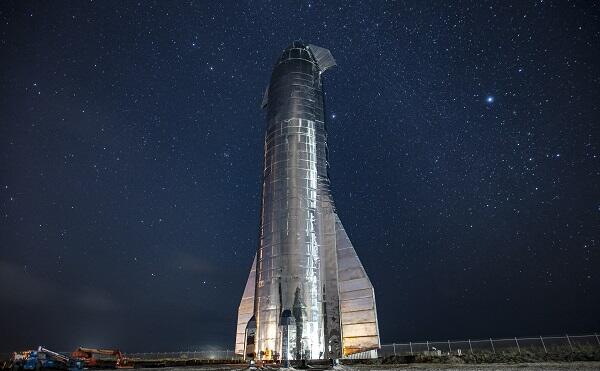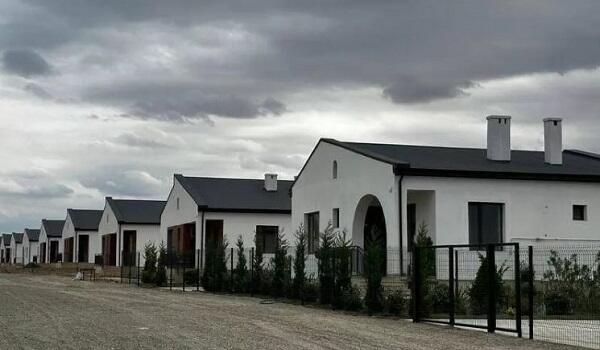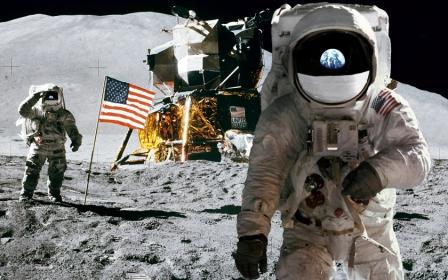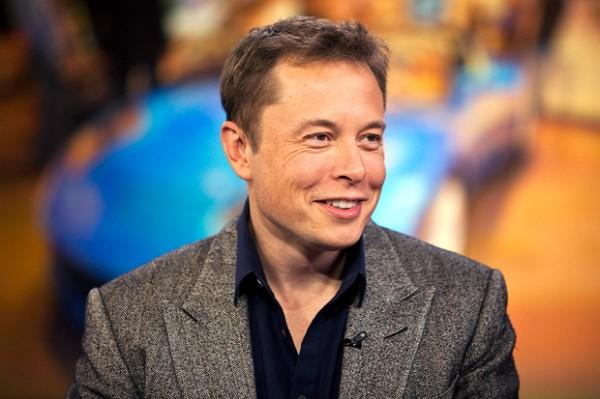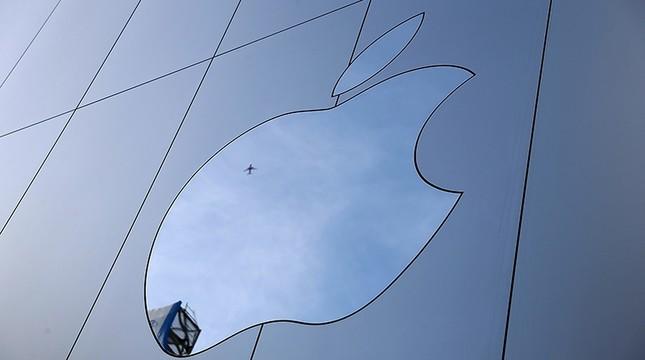The United States has launched an ambitious plan to deploy a nuclear reactor on the Moon by 2030, as part of a strategic effort to outpace China and Russia in the emerging "second space race." The initiative, fast-tracked under Acting NASA Administrator and U.S. Transportation Secretary Sean Duffy significantly expands NASA’s previous goal of a 40-kilowatt (kW) system to a much more powerful 100 kW reactor.
Axar.az reports that this new lunar energy infrastructure is seen as vital for long-duration space missions, including powering future Moon bases, research labs, and resource extraction operations during the harsh two-week lunar nights when solar energy is unavailable.
Duffy has directed NASA to begin issuing industry proposals within 60 days and to appoint a dedicated project lead. The plan is framed not only as a technological leap but also a geopolitical strategy. By being the first nation to successfully deploy a nuclear reactor on the Moon, the U.S. could gain the ability to establish “keep-out zones” under the guise of safety, effectively limiting access to critical lunar areas for rival nations like China and Russia.
The project comes amid increasing international competition. China and Russia have announced plans to build their own lunar reactor by the mid-2030s, as part of their joint International Lunar Research Station (ILRS) project. The U.S. effort aims to stay well ahead of that timeline and reinforce its leadership in space innovation and governance.
The use of a nuclear reactor is considered essential for the sustainability of lunar operations and potential future Mars missions, where reliable, high-output power is needed for habitat maintenance, life support, communication, and resource utilization. While the plan faces technical, regulatory, and environmental challenges, it marks a major step in transforming space infrastructure from theoretical to operational—and signals a new era of space power politics.






